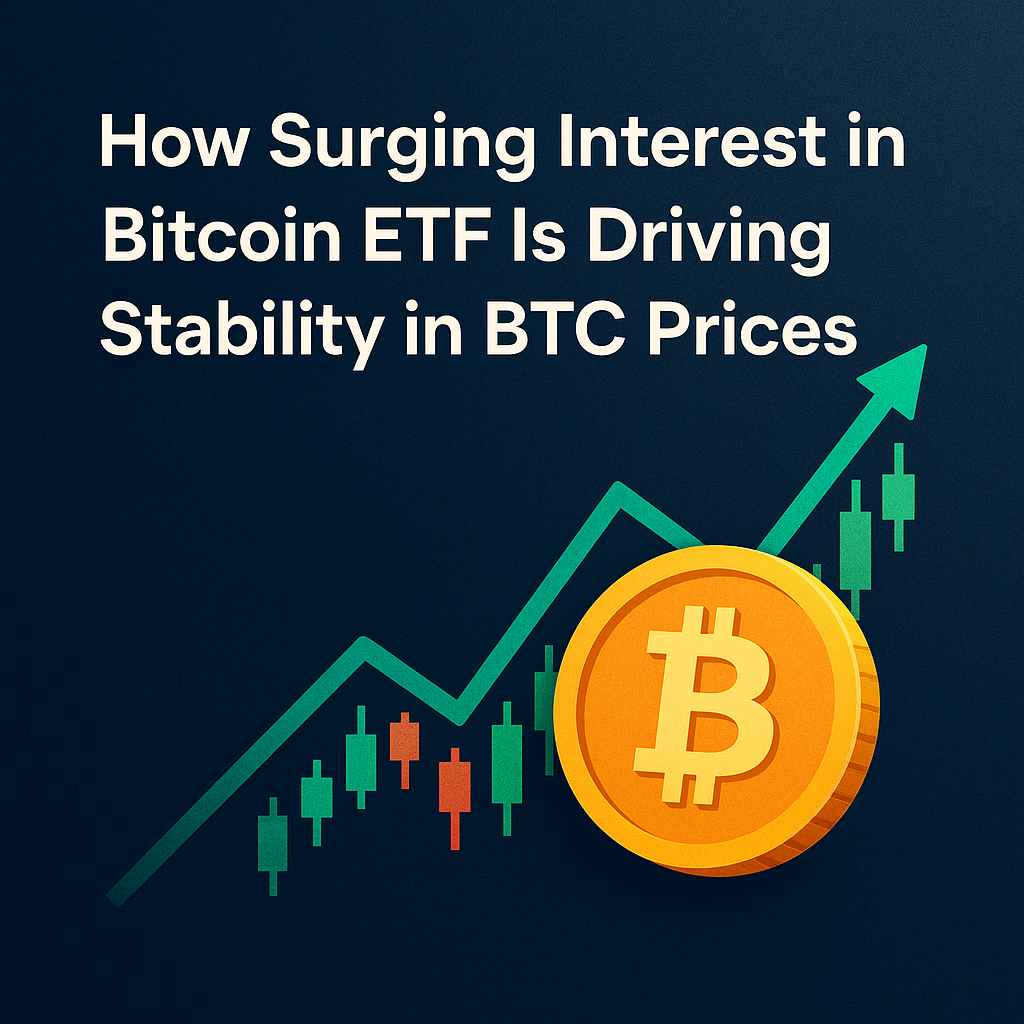BlackRock’s Bitcoin ETF remains one of the top-performing funds in its category, even amid the current wave of tariff-related economic uncertainty. Analysts believe that large institutional issuers are actively reducing Bitcoin’s price volatility, and the expanding ETF market could make BTC more stable in the long run.
These issuers behave like institutional whales, quickly absorbing retail-driven sell-offs that would otherwise trigger sharp market drops. However, this new level of stability depends heavily on the ongoing participation of these large players, who themselves are exposed to broader global economic events.
Bitcoin Holds Steady as Traditional Markets Waver
Despite growing fears surrounding Trump’s proposed tariffs, Bitcoin has maintained a relatively steady performance. While its price has dropped from its all-time high in January, it still trades well above pre-election levels. This unexpected resilience has sparked debate among analysts about what is driving this price floor.
Many believe the answer lies in the growing influence of Bitcoin ETFs.
According to analyst Eric Balchunas, “Bitcoin ETFs have continued to see inflows both over the past month and year-to-date. IBIT alone has attracted $2.4 billion in 2024, placing it in the top 1% of ETFs. That kind of investor base helps explain why BTC has remained so stable. These ETF holders are far stronger hands than most assume, and that has long-term implications for volatility and price correlation.”
Institutional Buyers Are Reshaping Bitcoin’s Market Structure
Since their introduction, Bitcoin ETFs have fundamentally altered the crypto investment landscape. Until recently, their impact was difficult to quantify. However, current market stress has allowed analysts to observe these instruments in action during a critical moment.
Recent data shows that U.S.-based ETF issuers have purchased staggering amounts of Bitcoin in the past few months. In December, they collectively surpassed the estimated holdings of Satoshi Nakamoto. In January alone, their purchases were nearly twenty times greater than the total global BTC mining output.
This intense demand was largely met by retail investors offloading their tokens, likely driven by economic pressure or fear of volatility. Under normal circumstances, such sell-offs would tank prices. However, ETF issuers—and companies like Michael Saylor’s MicroStrategy—stepped in to buy aggressively, keeping market sentiment from collapsing.
This dynamic has created a new financial reality. Bitcoin is now deeply entangled with traditional finance. On one hand, this brings welcoming stability. On the other hand, it introduces new vulnerabilities tied to institutional behavior and macroeconomic trends.
Stability Comes With Trade-Offs
While Bitcoin ETFs are clearly helping reduce volatility, that stability comes at a cost. Bitcoin is now increasingly dependent on the confidence of large institutional investors. If these players shift their outlook due to economic conditions or internal pressures, they could exit their positions, triggering a sharp decline in demand.
In essence, ETFs have become a powerful stabilizing force in the crypto world. But they also link Bitcoin’s fate more tightly to the health and sentiment of traditional financial markets.
As Bitcoin becomes more mainstream, its potential to mature as a stable asset grows. However, the risks associated with institutional control and macroeconomic exposure also grow in parallel. Investors should welcome the benefits of this evolution while staying mindful of the trade-offs that come with it.






